The variegated form of Hibiscus tiliaceus, also known as sea hibiscus, coastal hibiscus, or mahoe, is a particularly striking ornamental plant prized for its colorful foliage.
- Leaves: The most notable feature of variegated sea hibiscus is its large, heart-shaped leaves. These leaves display a beautiful combination of colors, typically including shades of green, pink, cream, and deep burgundy. The variegation patterns can vary, appearing as specks, splashes, or stripes across the leaf surface. New growth often emerges with a deep maroon hue.
- Flowers: The flowers are a vibrant yellow with a deep red center when they first open. As the day progresses, the color deepens, fading to orange and finally to a deep red before the flowers fall. Each flower lasts only a day or two, but the plant continuously produces new blooms.
- Form: Hibiscus tiliaceus is an evergreen, sprawling tree or large shrub. It can reach a height of 10 to 33 feet (3 to 10 meters) with a similar spread in the landscape. However, it can be kept smaller through regular pruning and can also be grown in large containers.
- Growth Environment: Sea hibiscus is well-adapted to coastal environments, tolerating salt spray and thriving in a variety of soils, including brackish swamps, waterlogged areas, limestone, and sandy soils. It prefers full sun or partial shade, though less light may result in slower growth and larger leaves. Once established, these trees are drought tolerant and require less frequent watering.
- Uses: Variegated sea hibiscus is a popular choice for tropical and subtropical landscapes, where it can provide shade or line driveways and walkways. It is also highly regarded for bonsai, particularly in Taiwan and other Asian countries. The inner bark has traditionally been used for fiber to make ropes and twine, and the wood is used for various purposes, including construction, furniture, and tools.





































































































































































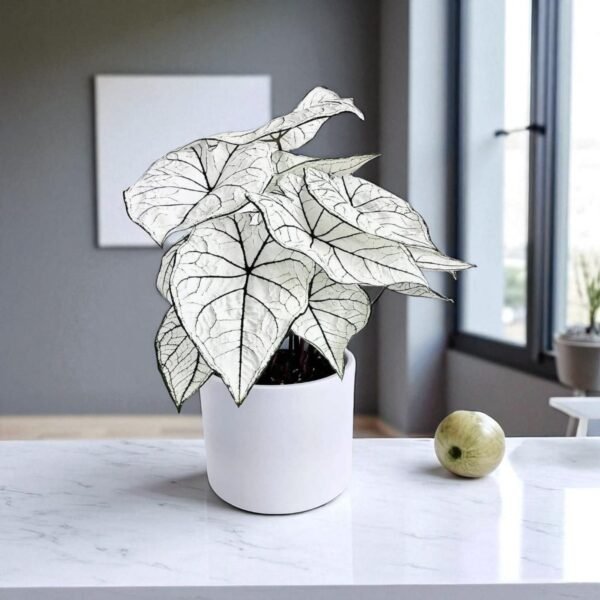
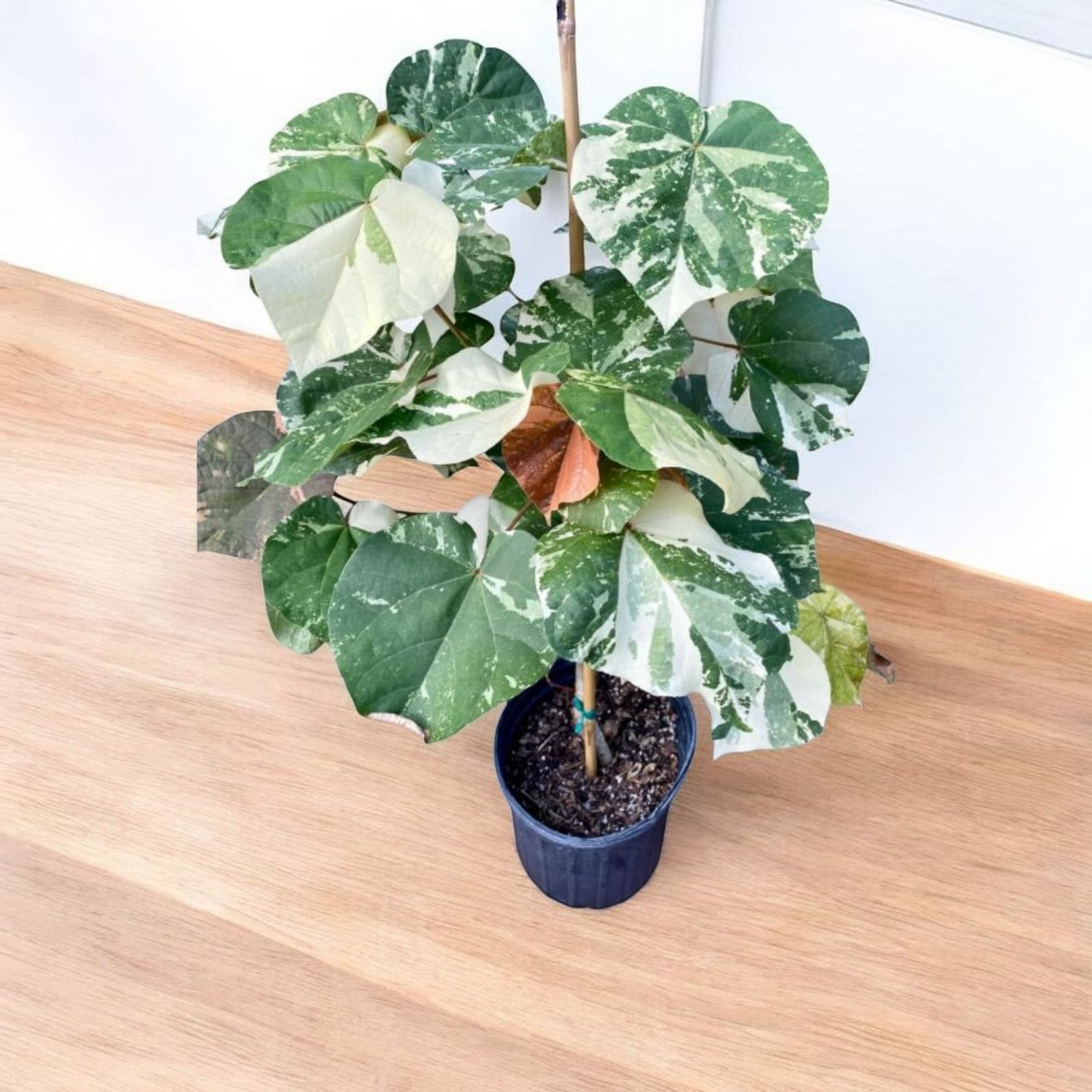
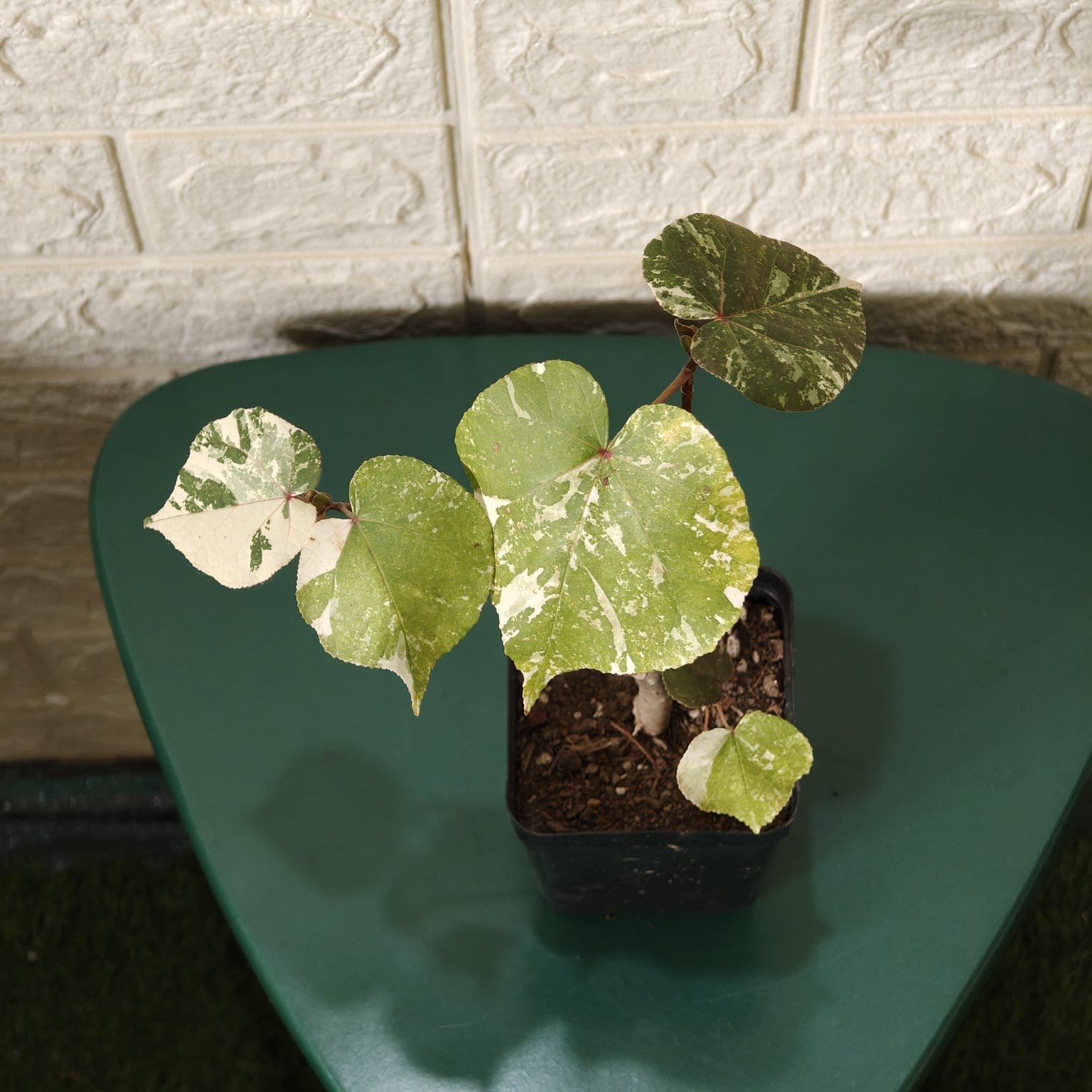
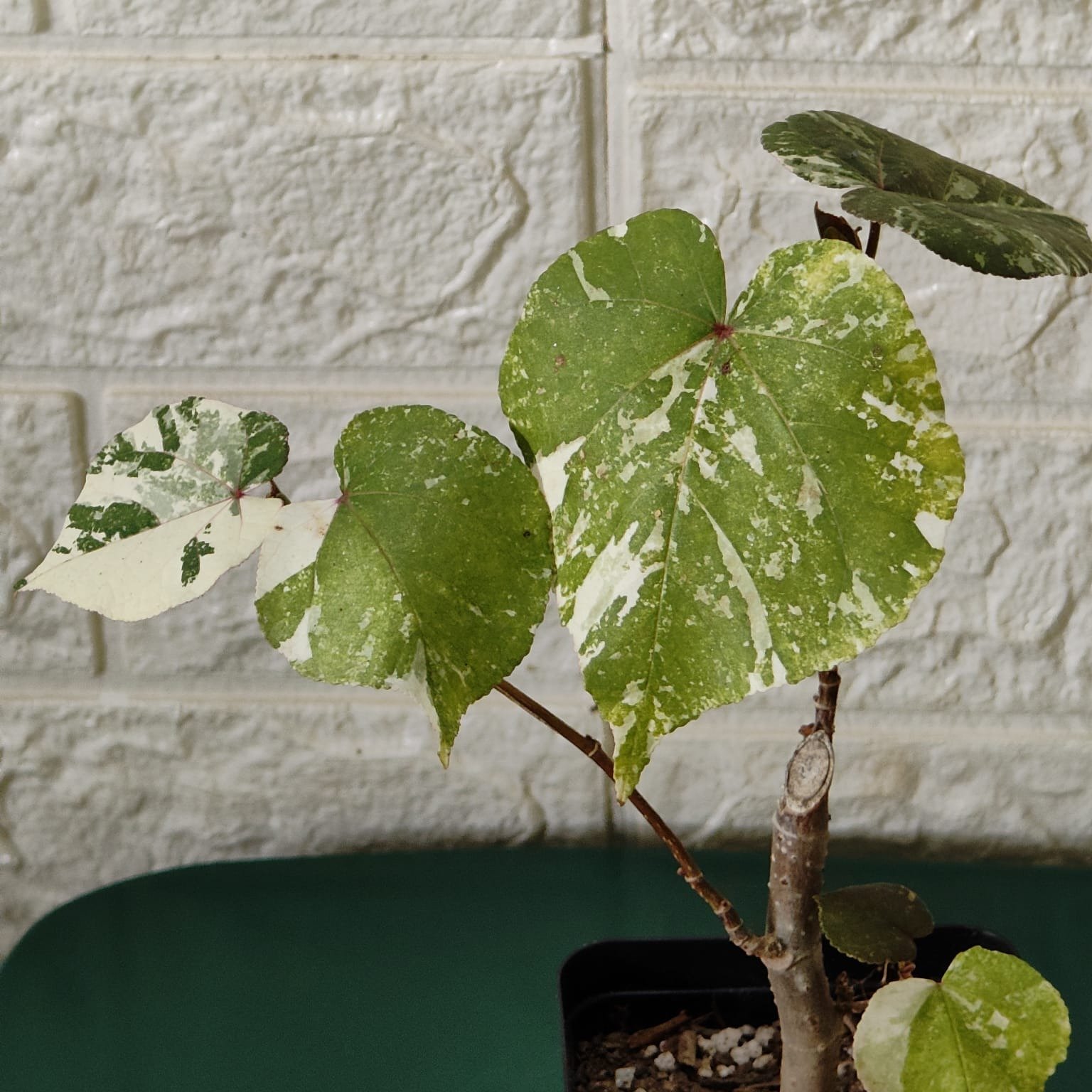
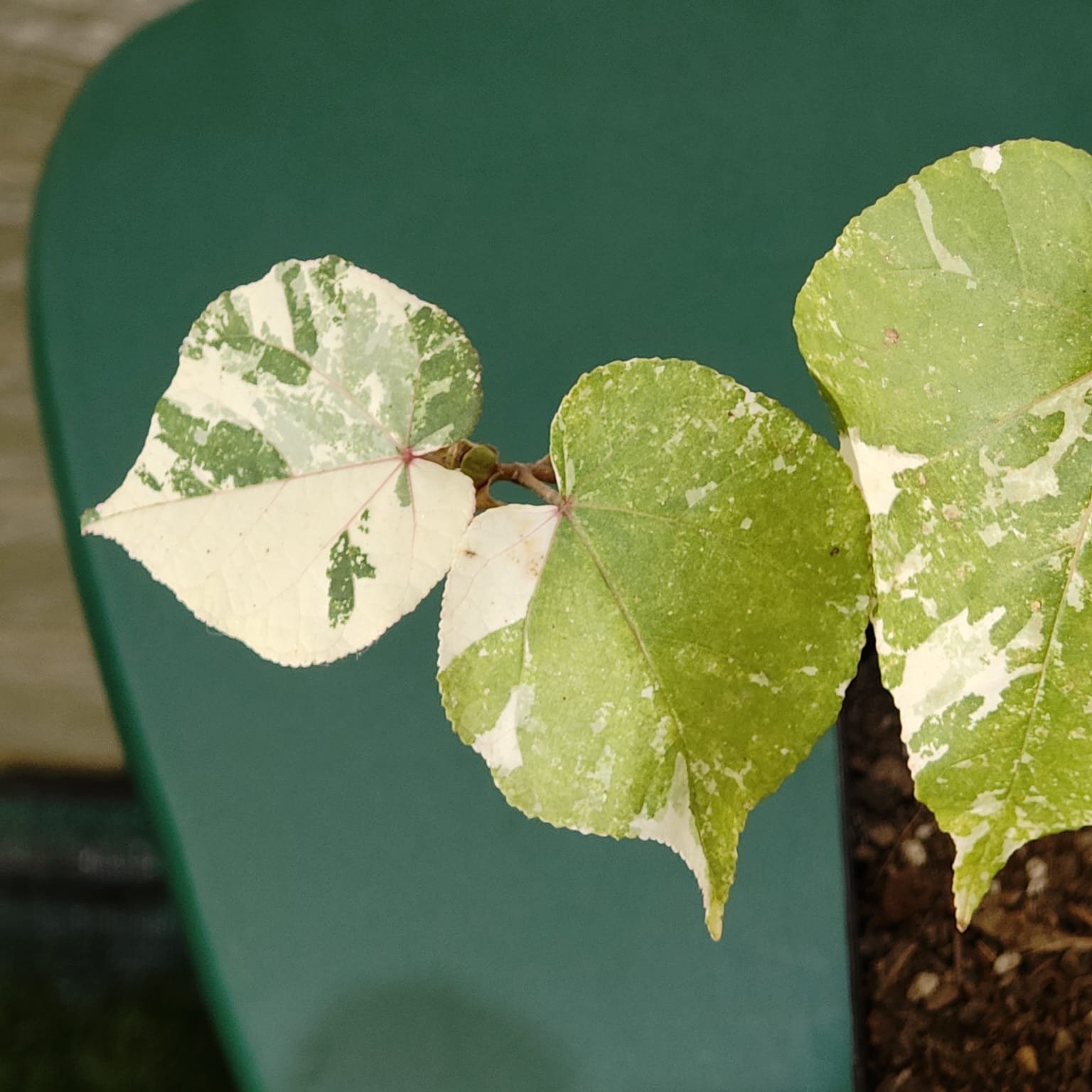

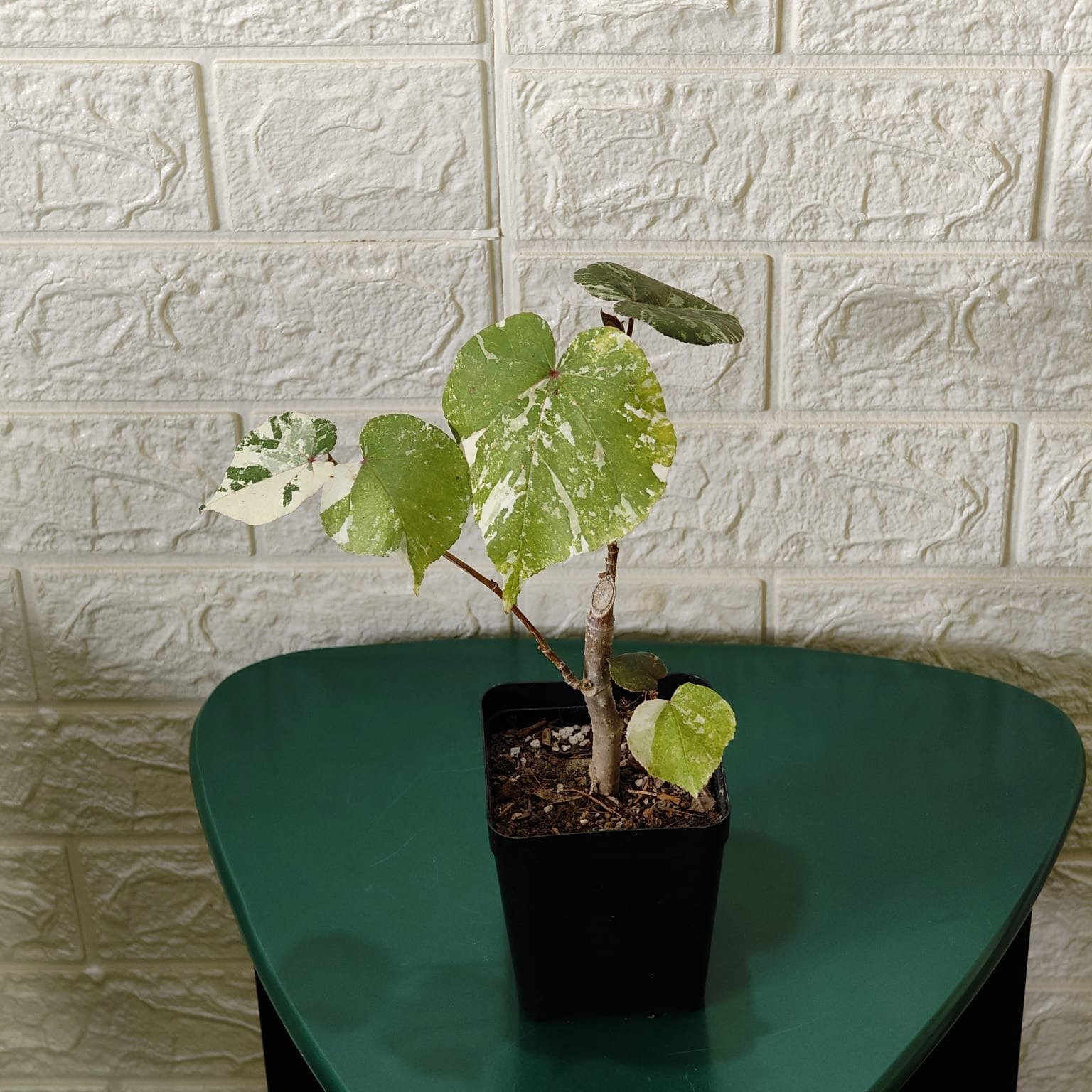
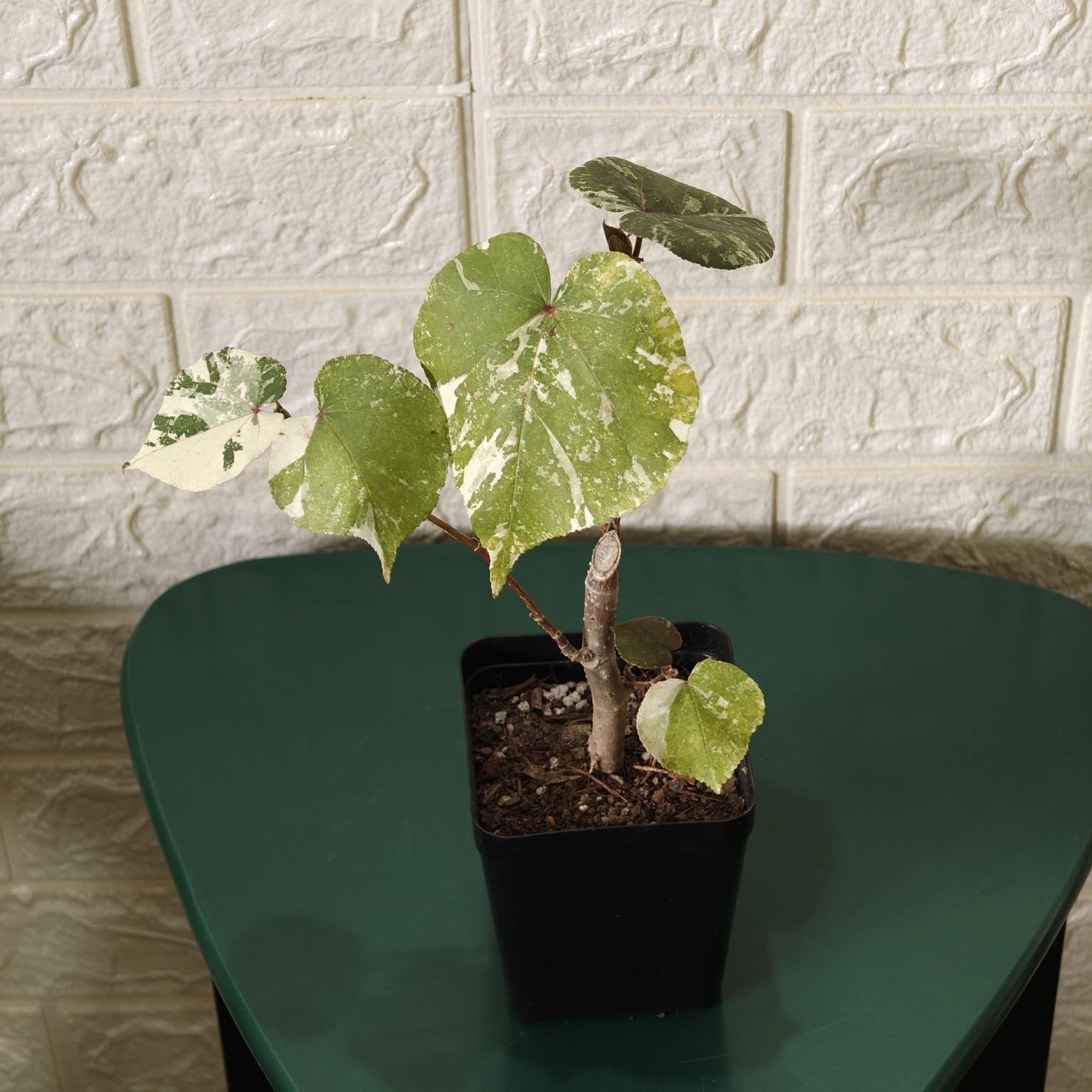
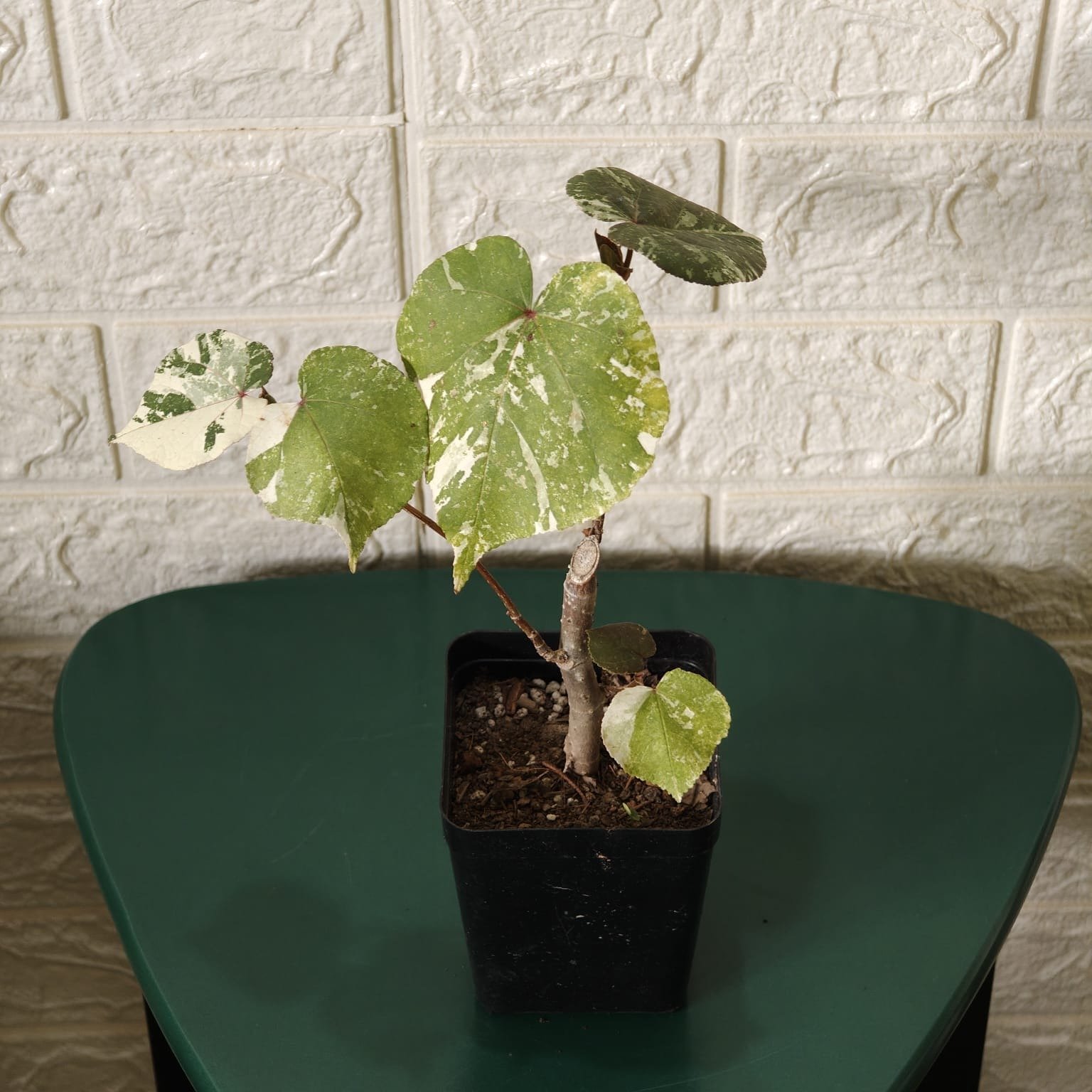
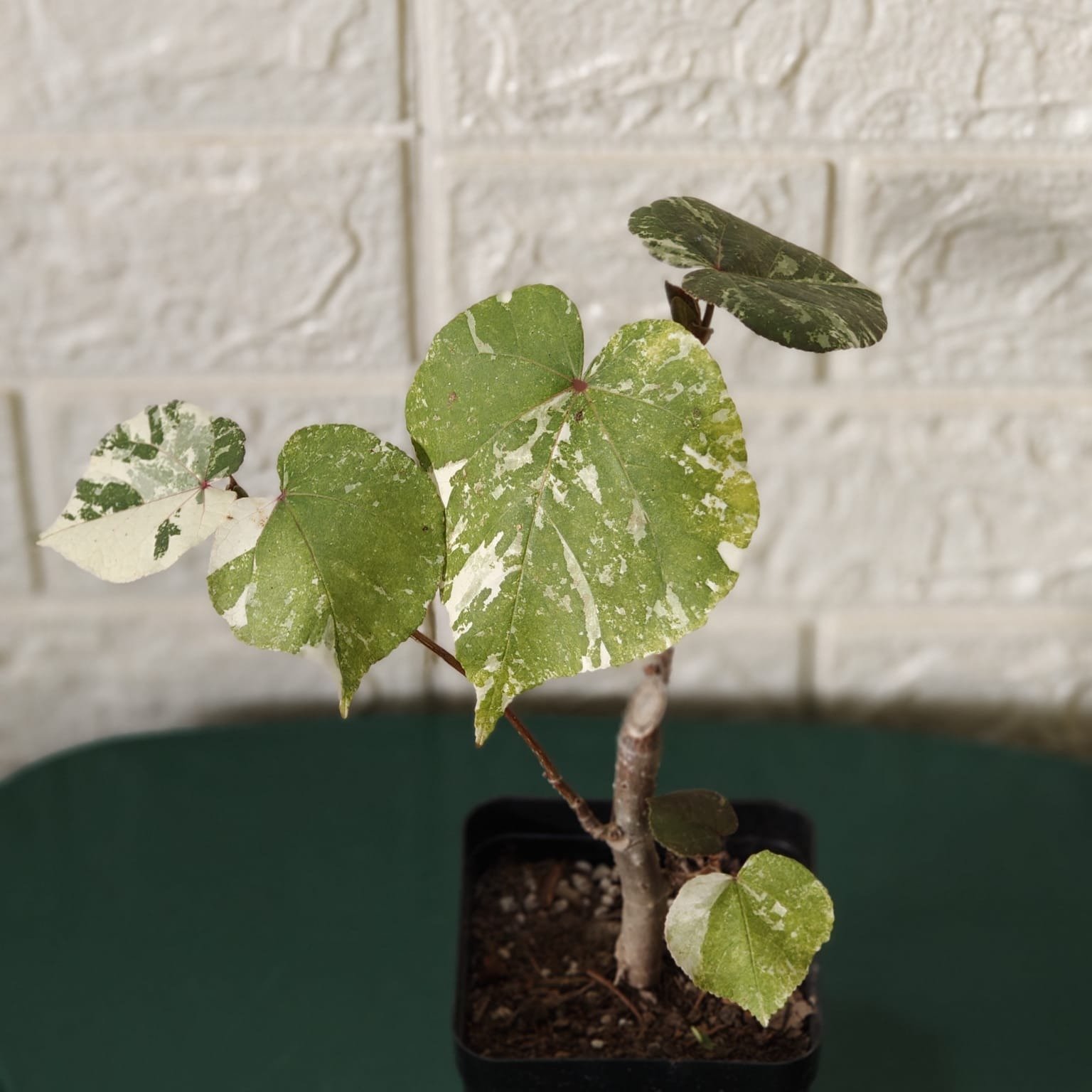
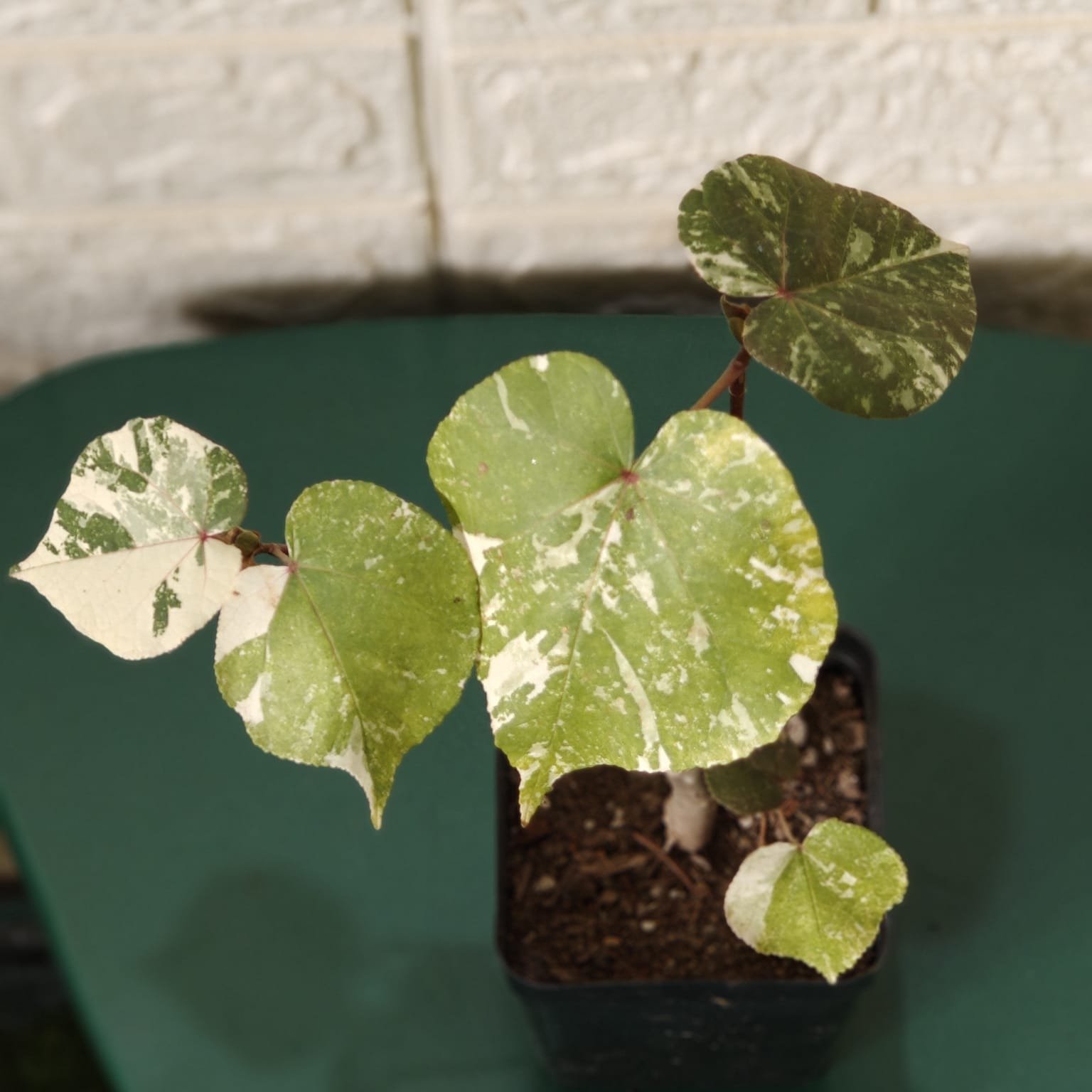
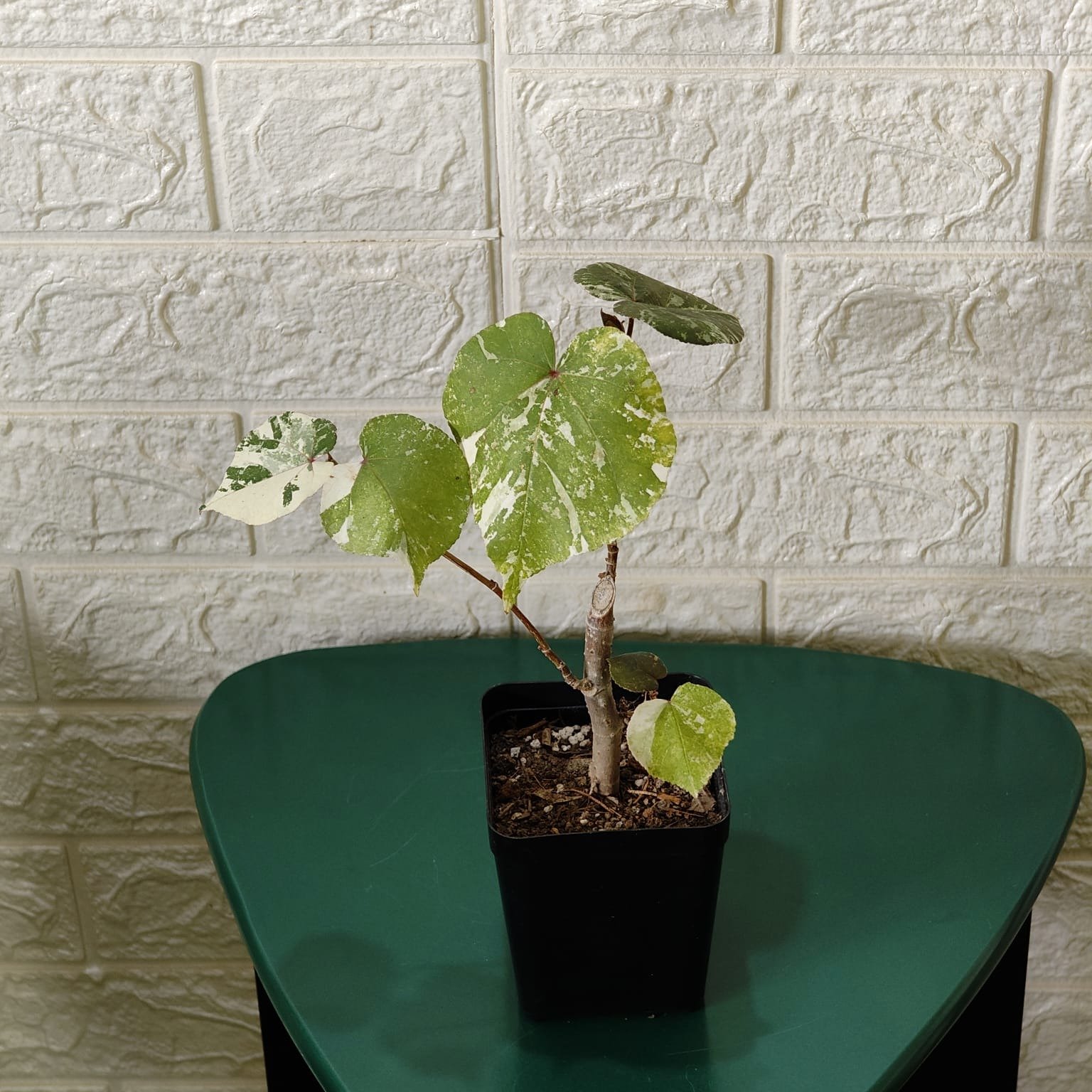

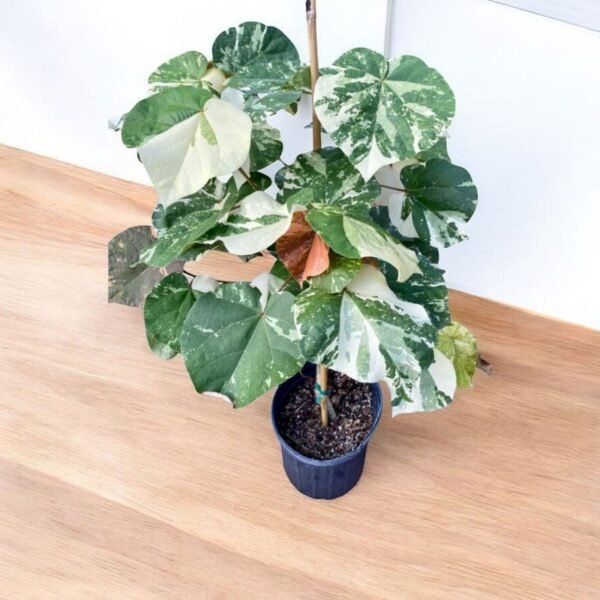
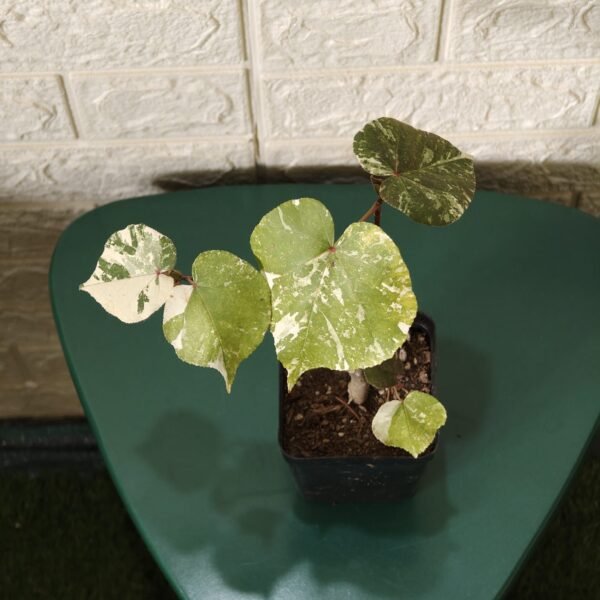
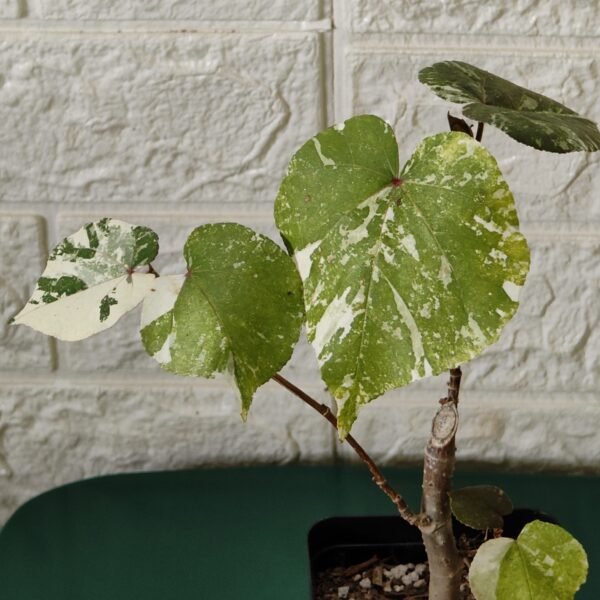
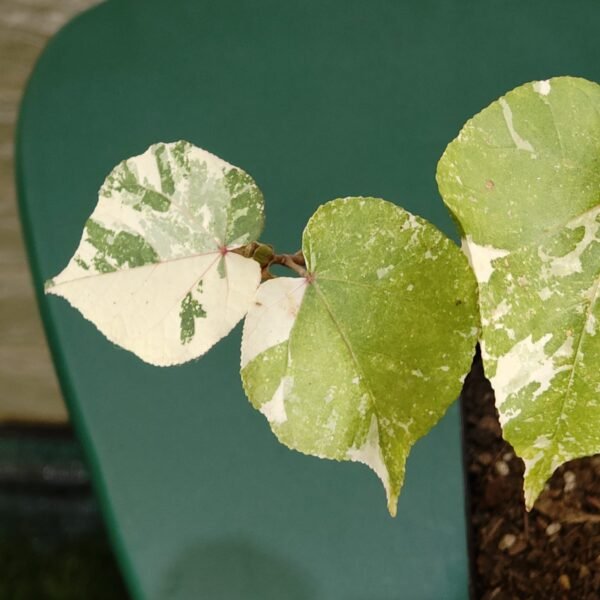
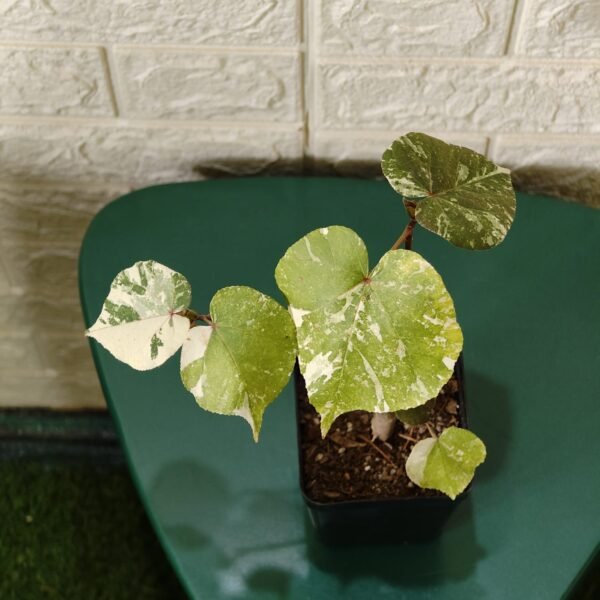
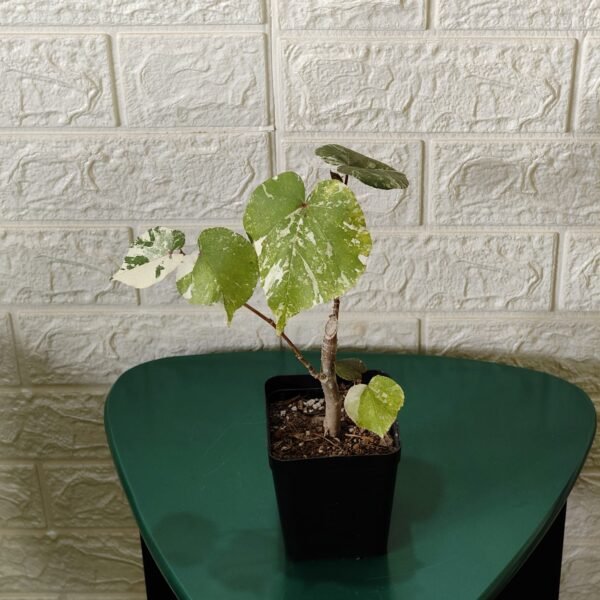
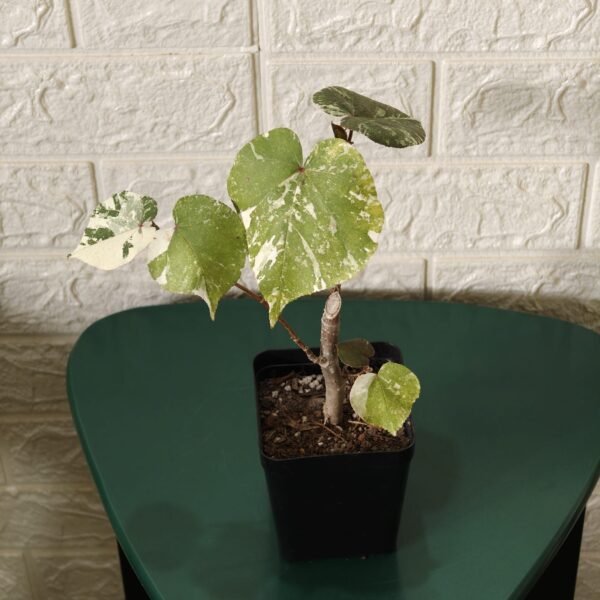
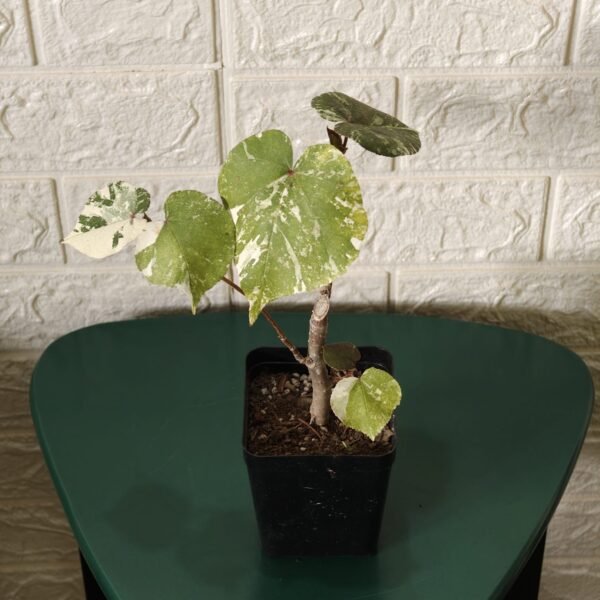
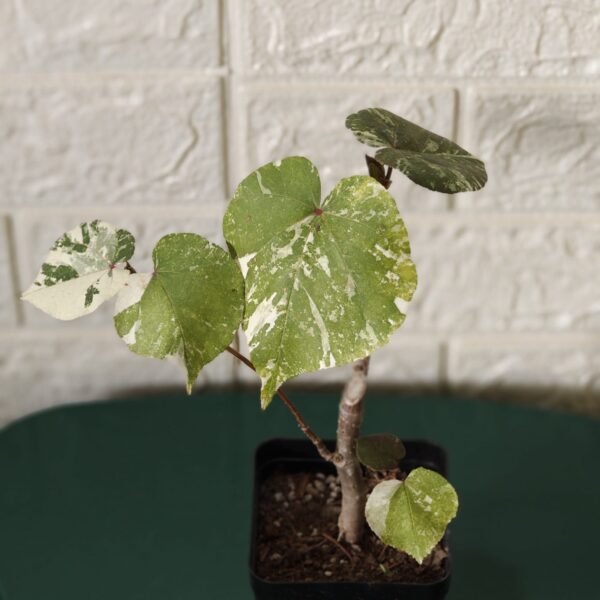
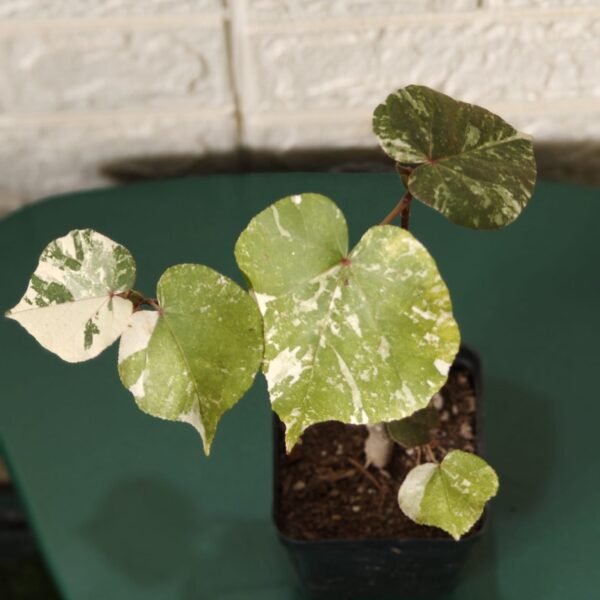
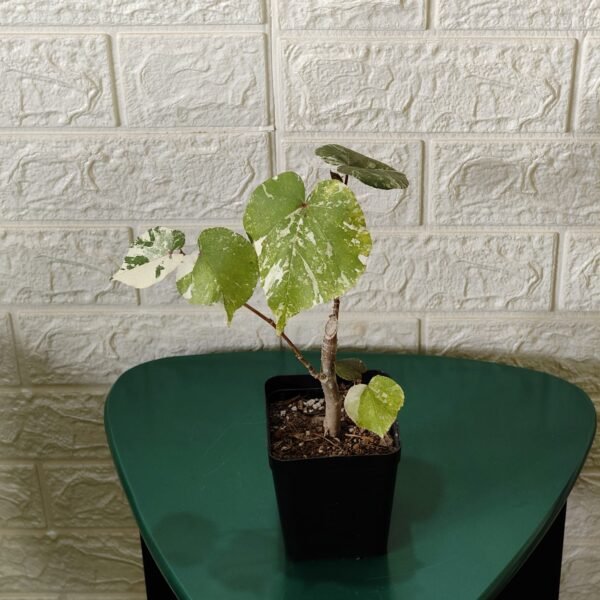
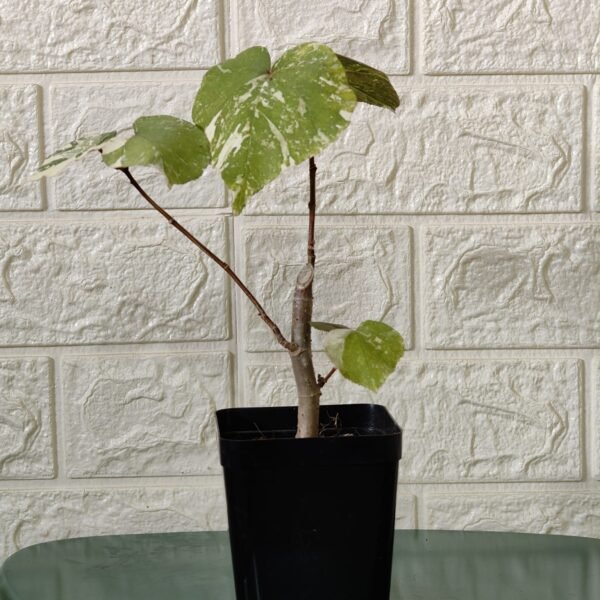

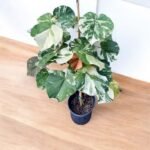




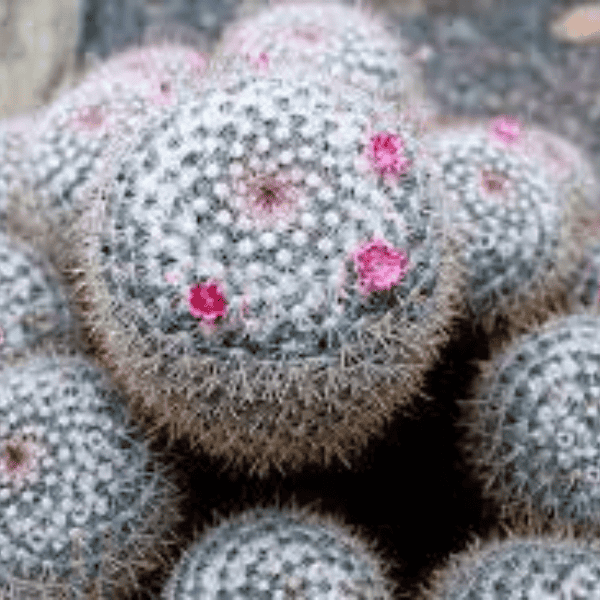



Reviews
There are no reviews yet